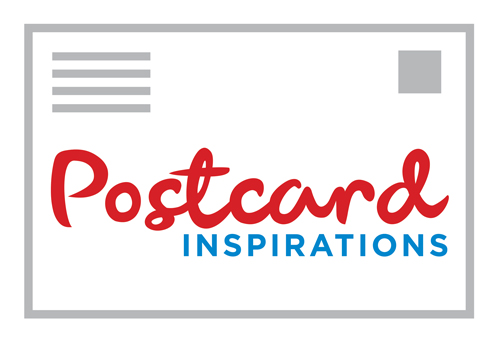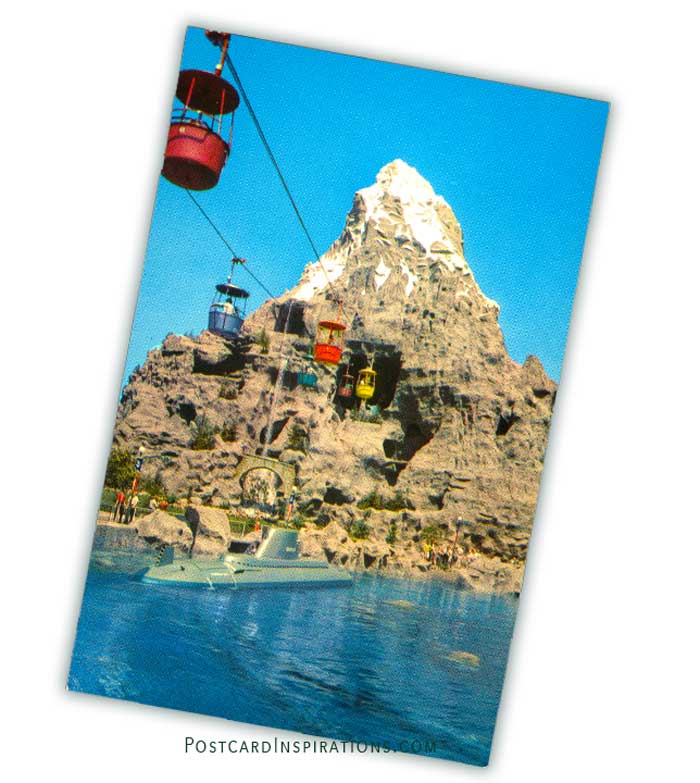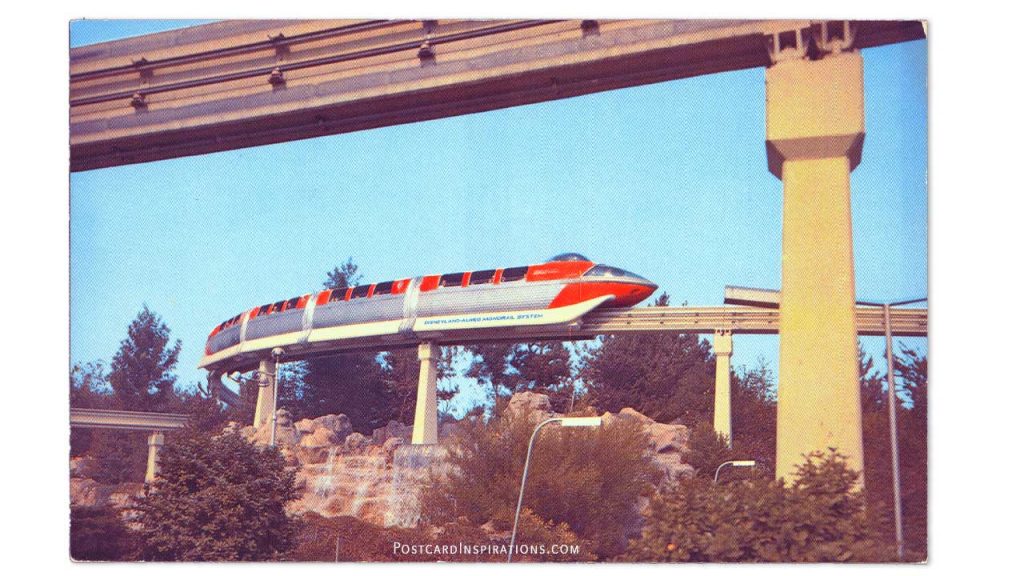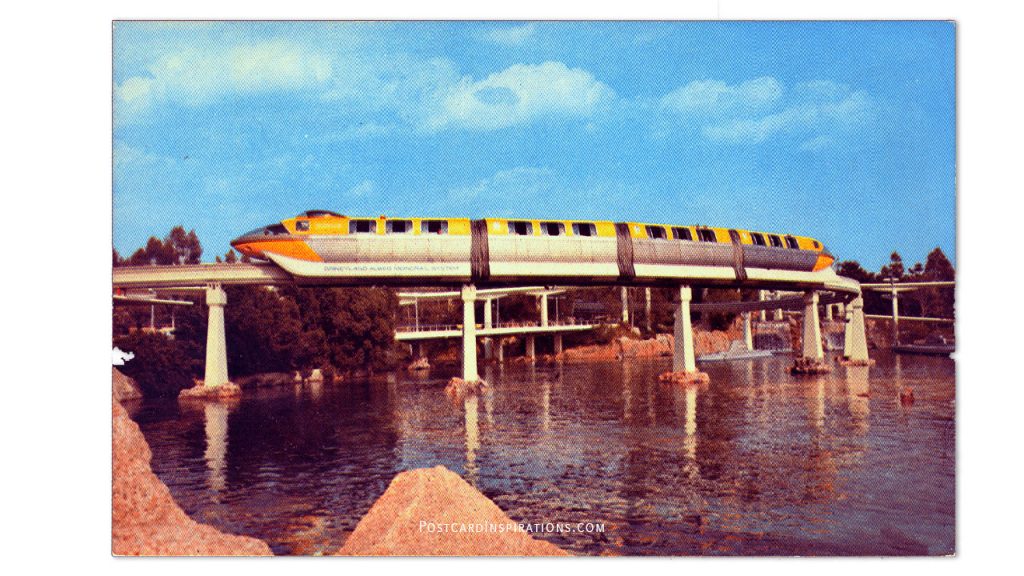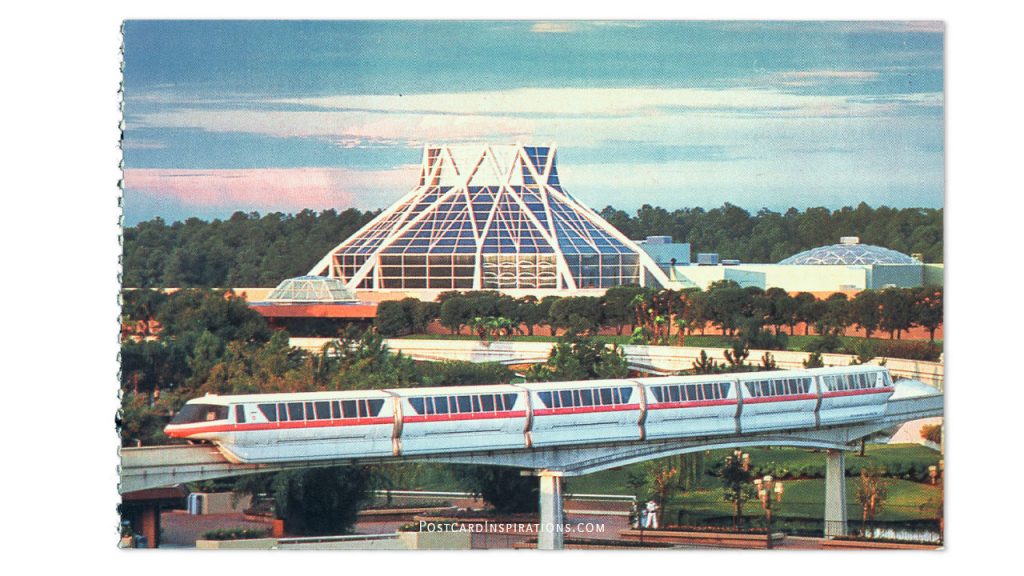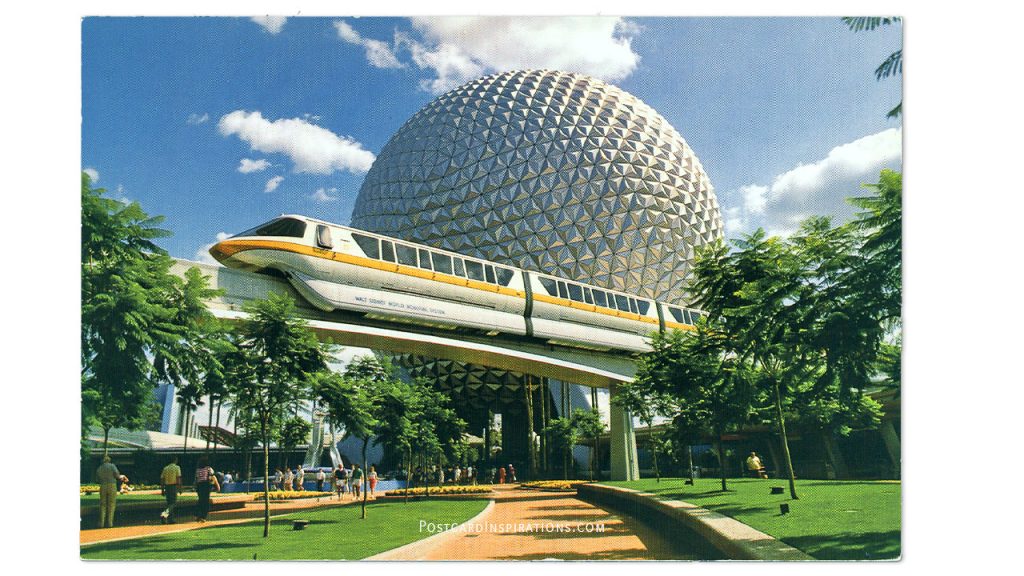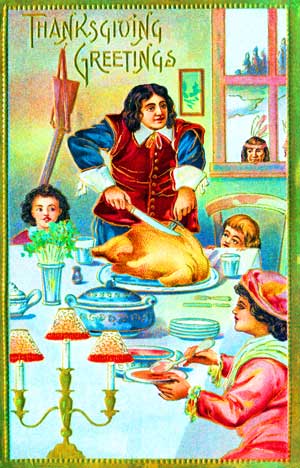It was Walt Disney himself who was the original person who envisioned the monorail. Walt believed that a monorail was a practical form of public transportation that could be utilized in the future. Yet, the monorail was opened to the public at a time when the automobile was at an all-time high in popularity in America. With the exception of the Seattle Center Monorail in Seattle, Washington, the Disney monorail was the only working monorail in the United States.
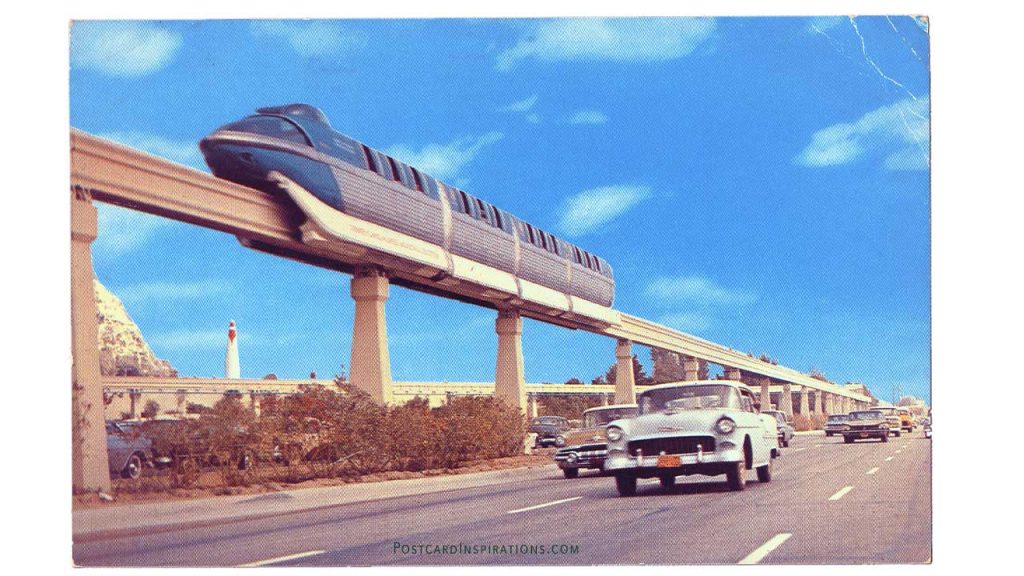
The monorail was originally supposed to be built at the Standard Carriage Works of East Los Angeles. In late 1958, Walt was pressured for time to get the monorail done, and so moved its manufacture to his studios at Burbank, California. There, Disney designer Bob Gurr lead a team that designed the monorail cars and manufactured them just in time for the re-dedication of Tomorrowland and Disneyland.
With this expansion, a second platform was also constructed at the Disneyland Hotel. In 1968, the Mark III Green Monorail cars joined the monorail fleet at Disneyland, and both of the existing platforms were elongated for the more streamlined and efficient Mark III conversions to the monorail train.
There were two trips above Disneyland that were available on the monorail. One was a quick tour of the park along with general admission to the park. There was also a vista-dome view of the park available as a second version of the monorail experience. This trip featured a layover in Tomorrowland. This trip could be taken on its own, or one could disembark at the Hotel Station and buy general admission tickets to the park.
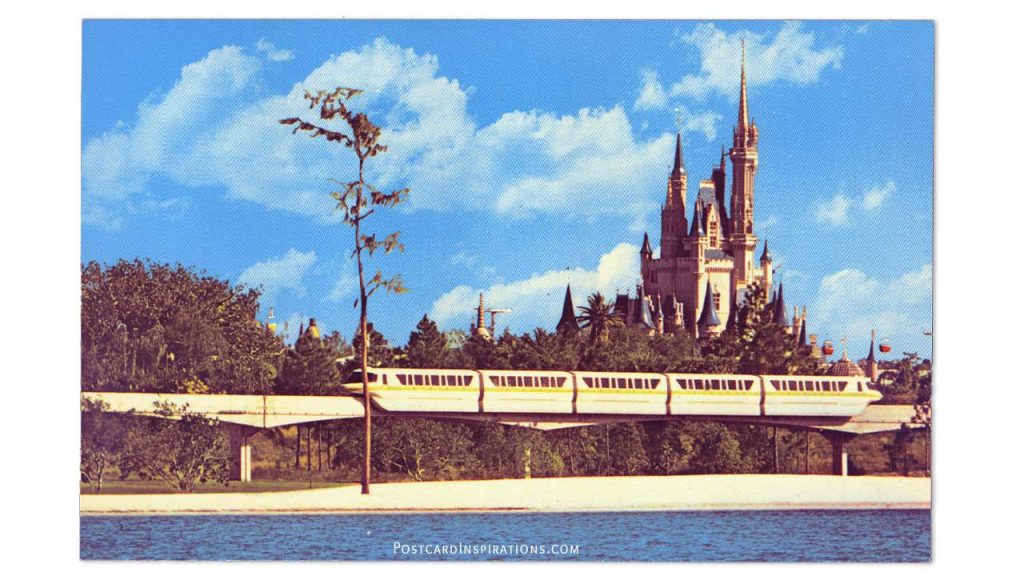
The monorail opened in June of 1959, at first as a sightseeing attraction in Tomorrowland. The Red and Blue trains (aka the Mark I trains) were made up of three cars each. It became a true method of transportation in 1961 when the Tomorrowland station was made into a longer track to accommodate the unveiling of the new four-car Mark II trains and the addition of a new yellow train. The track was lengthened two and a half miles to accommodate these new monorail cars.
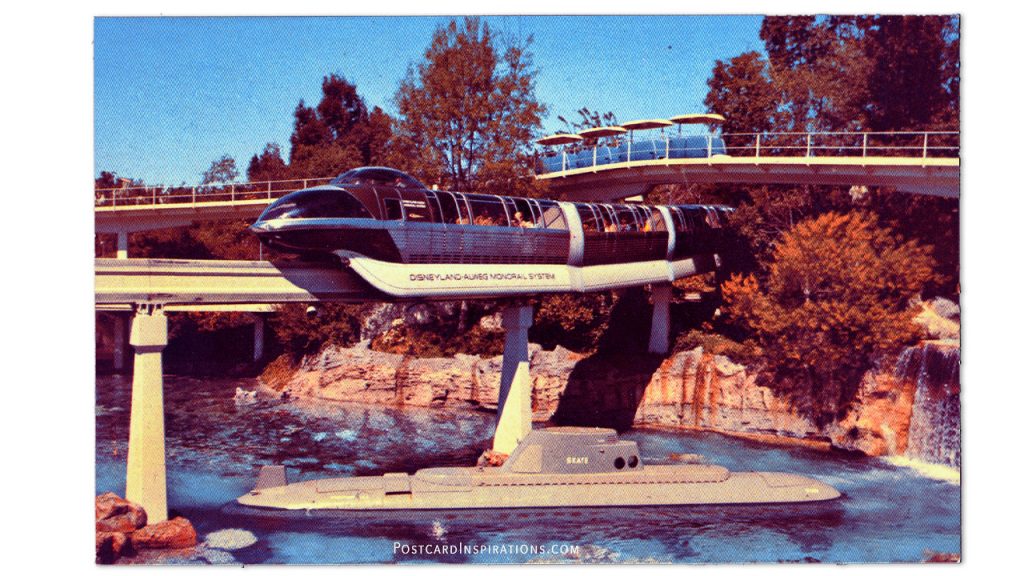
The original Disneyland Hotel was demolished in 1999, and a new station called the Downtown Disney Station was built in the same location as the original Hotel Station. This change made the Disneyland monorail an actual transportation system, and not just a glorified elevated train ride that was actually an attraction. All riders on the monorail must now disembark at the Tomorrowland Station. During peak traffic hours on the monorail, it only offers one-way trips, where all passengers must disembark at the Downtown Disney station, and then re-embark for the return trip to the Tomorrowland Station. Also, admission tickets must be purchased to Disneyland Park to ride the monorail, which was not the case when the monorail was originally opened. At that time, park ticket purchases were optional, and one could ride the monorail for a tour of the Disneyland park without buying tickets to enter the park.
In 2006, the Tomorrowland Station was remodeled to accommodate the construction of the Finding Nemo Submarine Voyage ride. In this remodeling project, the original speed ramps to the monorail were removed, and a new concrete ramp was added at the east end of the station to accommodate the passengers who are exiting the monorail.
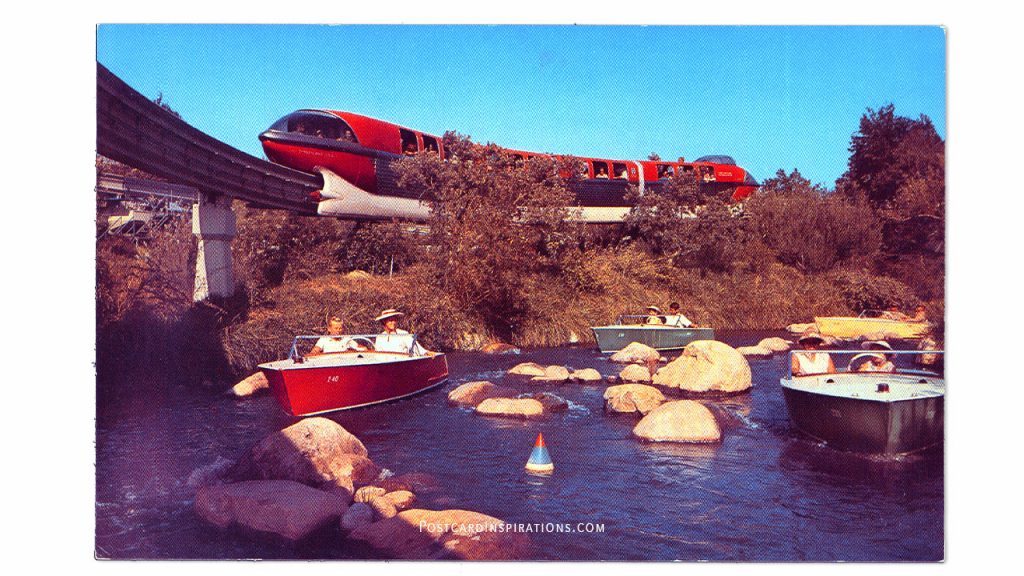
The monorail at Disneyland now moves in only one direction. All passengers board from the same platform. The monorail leaves the Tomorrowland station, then crosses the Disneyland Railroad, goes along the Harbor Boulevard on the east edge of the park, turns to enter the Disney California Adventure, goes past the Monsters, Inc ride, and the Sunset Showcase Theater, crosses the gateway to the Disney California Adventure park, goes through the Disney’s Grand Californian Hotel and Spa, then makes a sharp curve to the right to go to the Downtown Disney station. This station has a vegetative theme that matches the floral motif that is the same motif as located throughout the shopping district.
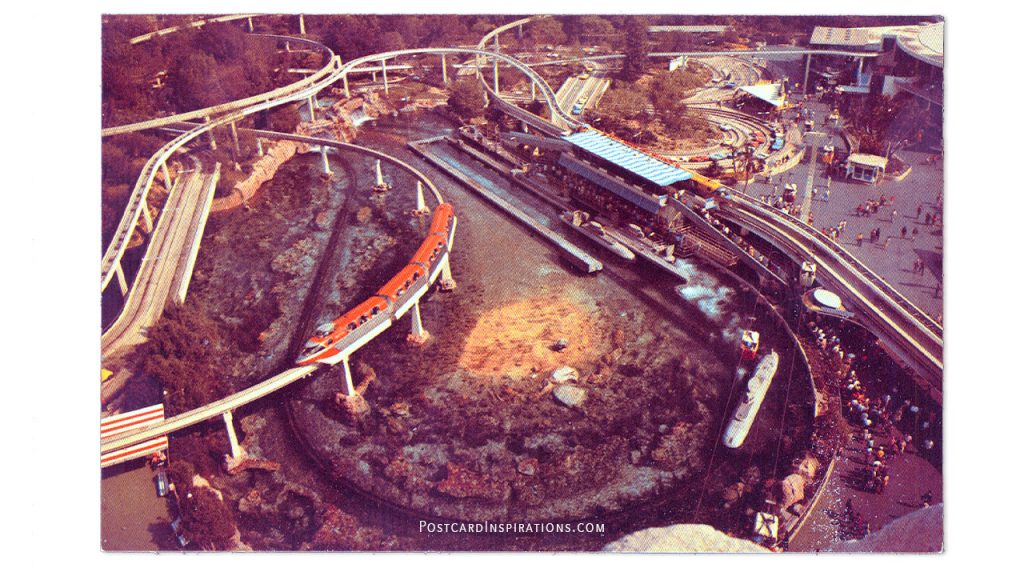
The Downtown Disney station has one platform. It allows for a five-minute loading time for passengers, the monorail leaves the station and goes for a short loop around the Downtown Disney district before crossing above the esplanade that is located between Downtown Disney and Disneyland, then it goes back to Disneyland. Once the monorail is inside the park, it crosses the railroad again and goes on a series of sharp bends and curves around Tomorrowland, which it was originally built as an attraction for. It goes above the Submarine Lagoon and Autopia, going across the lagoon four times. The track then turns around the Matterhorn Bobsled ride, which provides riders with a beautiful view of Fantasyland, before turning left to go back to the Tomorrowland Station to let guests disembark the monorail.
All of the monorails come with Grover 1056 two-chime air horns. The horns are required to be sounded twice when a monorail is leaving a station, once again when the monorail comes parallel with the People Mover/Rocket Rod track, and once again when approaching the Matterhorn. The horns are also sounded whenever a bird lands on the track, and also as a greeting to any Disneyland trains from the Disneyland Railroad that are nearby when the monorail goes by the switch to the Disneyland Railroad barn. The original monorails were equipped with horns that were created to sound more like the horns of genuine ground-level trains, but today sound more futuristic than that. This is in keeping with their futuristic appearance and intention when they were built.
